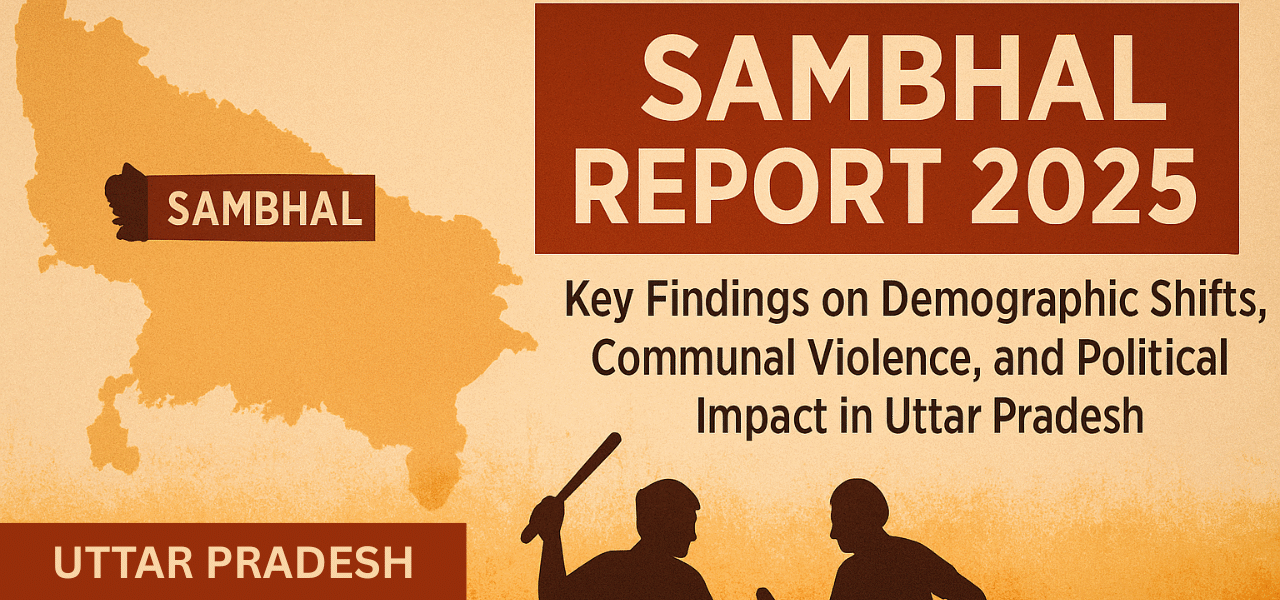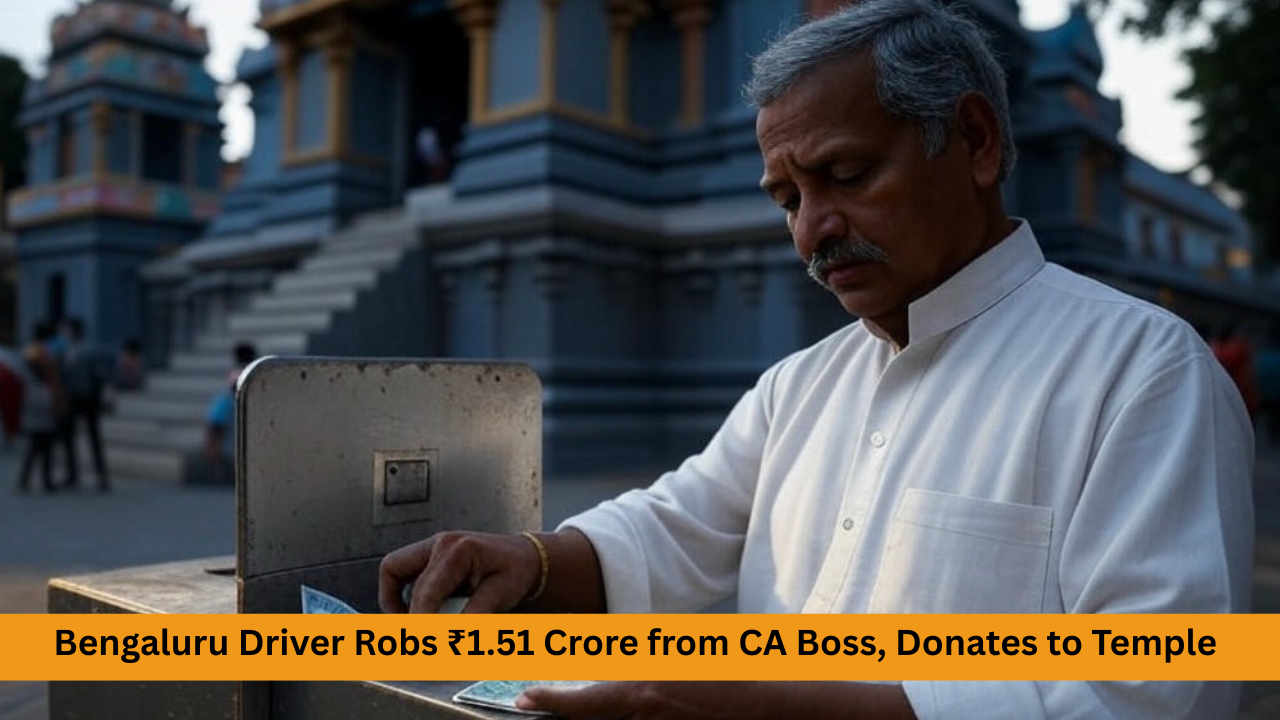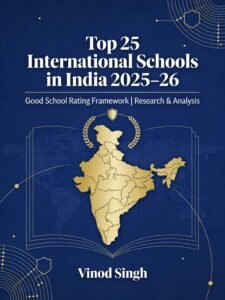Sambhal Report 2025: Key Findings on Demographic Shifts, Communal Violence, and Political Impact in Uttar Pradesh
The long-awaited Sambhal report 2025, now in the hands of Uttar Pradesh Chief Minister Yogi Adityanath, has set off a storm of debate across the state. More than just a bureaucratic document, the report reads like a political flashpoint—charting sharp demographic shifts, decades of communal strife, and unsettling allegations of planned violence. With its release, Sambhal has become more than a district; it is now a mirror reflecting the fault lines of UP’s politics, where development, security, and identity collide in a high-stakes battle for narrative and power.
Main Findings from the Sambhal Report 2025
- Significant Demographic Shift
- The Sambhal report 2025 reveals that the Hindu population in Sambhal has declined sharply—from around 45% in 1947 to just 15–20% today, with the Muslim population correspondingly increasing toward 80–85%.
- This decline is attributed to targeted communal violence, political complicity, and subsequent exodus.
- Longstanding Communal Violence
- The commission documents 15 communal riots between 1936 and 2019 in Sambhal, resulting in over 200 deaths.
- The November 2024 clashes are described as premeditated, involving outsiders brought in to incite violence, with the police credited for preventing further escalation.
- Sociopolitical Triggers and Tensions
- The report notes a speech by SP MP Ziaur Rahman Barq at the Jama Masjid as one of the triggers of unrest .
- It also refers to historical tensions between “foreign Muslims” (Turks) and “converted Hindus” (Pathans) in the district.
- State Dynamics and Oversight
- The commission was led by Justice Devendra Kumar Arora and submitted a 450-page report to CM Yogi Adityanath. Its contents remain confidential until presented to the state cabinet and legislature.
Political Implications for Uttar Pradesh
BJP’s Strategic Framing
- BJP leaders characterise the demographic change as a “bitter truth” and a national security concern, calling for measures to halt the exodus and restore communal balance.
- The narrative supports the BJP’s broader cultural messaging and consolidation among its traditional voter base.
Opposition Pushback
- The Samajwadi Party and Congress question the leak of the confidential Sambhal report 2025, accusing the BJP of politicising sensitive communal issues to divert attention from pressing socioeconomic problems.
- They argue the timing and public disclosure serve divisive political motives—not governance.
Governance and Development Response
- The administration is expected to act on the Sambhal report 2025’s findings, especially regarding the restoration of communal harmony and infrastructure.
- Already, CM Yogi has announced a slew of development projects in Sambhal—Rs 659 crore worth—focused on cultural restoration, job creation, and improving basic amenities.
Regional Electoral Impact
- The Sambhal report 2025 may intensify communal polarisation in electoral rhetoric, particularly as UP gears up for the upcoming polls.
- While the BJP may gain traction for a “protective posture,” the opposition can leverage the perceived misuse of communal anxiety to galvanise secular and youth voters.
Summary Table: Key Points & Political Impact of Sambhal report 2025
| Key Findings | Political Implications |
|---|---|
| Hindu population falls from 45% to 15–20% | BJP uses it as a security narrative; the Opposition sees it as manufactured communal rhetoric |
| 15 riots since 1936; November 2024 violence planned | Raises concerns about long-term governance and communal fault lines |
| Outsider involvement, incendiary speeches noted | Could exacerbate blame games among political parties |
| Confidential report — public leak | Sparks controversy over transparency and political opportunism |
| ₹659 crore development push by CM | Strategy to counter rising unrest and signal governance competence |
Final Take
The Sambhal report 2025 is a tipping point in UP politics, emphasising longstanding communal tensions, demographic shifts, and their political consequences. While the BJP is doubling down on a security-driven narrative, opposition forces are questioning its political motivations. The development response may help stabilise the region—but as electoral tensions simmer, Sambhal remains both a battleground and a barometer for communal and political currents in UP.
Recent Posts
Discover more from
Subscribe to get the latest posts sent to your email.









